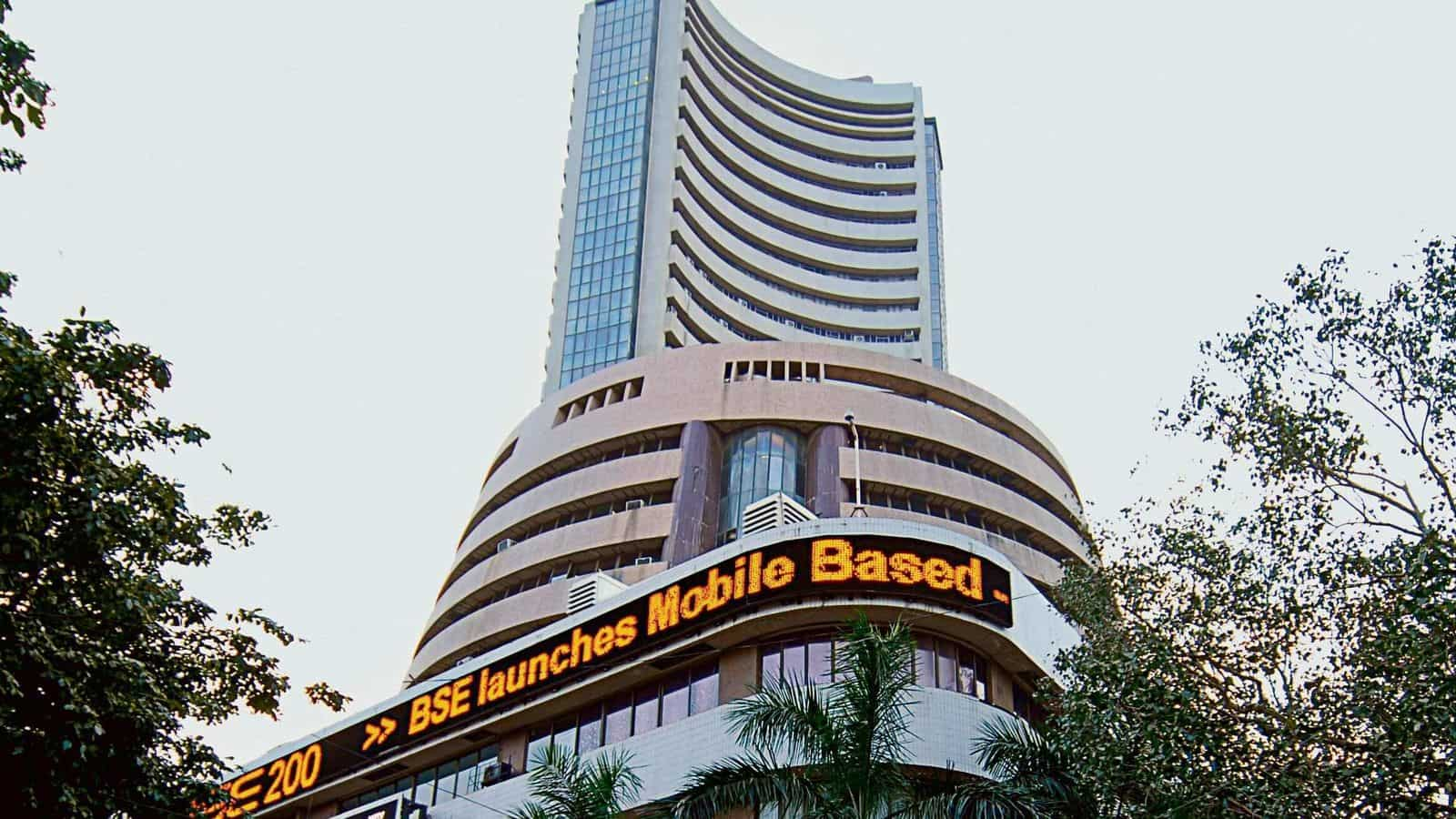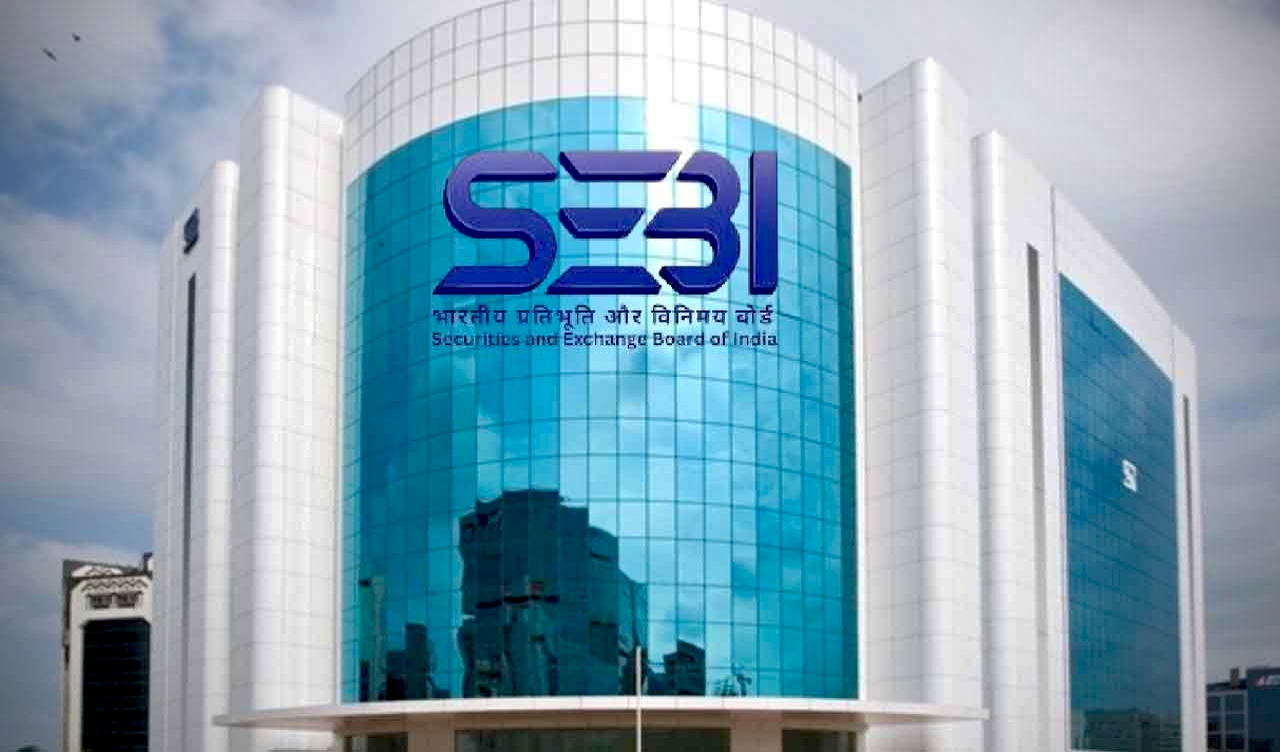
vAs we reach the midpoint of the decade, Corporate India in 2025 stands at a defining juncture—riding a wave of digital acceleration, strategic consolidation, and global integration. India has retained its place among the world’s fastest-growing economies, with GDP growth estimated at 6.8% (IMF, 2025), and its corporate sector is both a driver and a beneficiary of this momentum. From record-breaking mergers and acquisitions (M&A) to a shift in global supply chains towards India, the landscape is rapidly evolving.
This in-depth analysis explores India business trends, top Indian companies, and the business sentiment shaping the future of the country’s economic engine.
1. Top-Performing Industries in 2025
1.1 Renewable Energy & Green Tech
India’s ambitious Net Zero by 2070 target has sparked a green gold rush. Corporate investments in solar, green hydrogen, and EV infrastructure are surging. Adani Green, JSW Energy, and Tata Power Renewable have emerged as market leaders.
- Growth Rate: >30% CAGR in green energy capex
- Key Trend: Public-private partnerships for grid modernization
- 1.2 Pharma & Biotech
Post-pandemic R&D incentives and India’s low-cost innovation have bolstered the pharmaceutical and biotech sectors. Sun Pharma, Biocon, and new unicorns in CRAMS and genomics are leading exports.
- Exports: $30B+ in generics and biosimilars
- Global Integration: Collaborations with U.S. and EU firms
1.3 Digital & AI-Powered Services
IT services have moved beyond outsourcing. Indian giants like Infosys, TCS, and LTIMindtree are embedding AI, cloud, and cybersecurity into global operations.
- Trend: India as a “Digital Engineering Hub”
- Growth Areas: Fintech SaaS, GPT-powered enterprise tools, AI governance
- 1.4 Infrastructure & Manufacturing
Driven by PLI schemes and China+1 strategy, sectors like electronics, defence manufacturing, and semiconductors have witnessed FDI-led growth.
- Top Players: Vedanta-Foxconn (semis), Tata Electronics
- MNC Entrants: Apple suppliers, Tesla (trial manufacturing in Gujarat)
2. Mergers & Acquisitions (M&A) Boom
India saw record M&A activity in 2024–25, with over $125 billion in deal value. Key themes included consolidation in financial services, global exits from non-core assets, and startups acquiring peers to survive the funding winter.
🔍 Notable Deals:
- HDFC Bank – Paytm UPI business acquisition: Fintech meets traditional finance
- Reliance Retail – Metro India acquisition: Organised retail expansion
- Byju’s asset sale to Amazon India: Edtech restructuring and globalisation
Cross-border Activity:
- India is now a buyer: Zydus Lifesciences, Wipro, and Delhivery made strategic buys in Europe and Southeast Asia.
3. Corporate Sentiment and Business Confidence
According to the FICCI-IBA Business Sentiment Index, Q2 2025 shows:
- Confidence Level: 74/100 (up from 68 in 2024)
- Hiring Outlook: 60% firms plan tech hiring
- Investment Outlook: Capex cycle revival led by manufacturing, logistics, and AI infrastructure
Macro Confidence Drivers:
- Consistent RBI policy
- Predictable tax regime
- India’s rating outlook stable (Moody’s & S&P)
4. Digital Transformation: From Buzzword to Boardroom Agenda
In 2025, digital transformation is not a choice—it’s a survival strategy. From SMEs adopting ERP and CRM tools to conglomerates investing in cloud-native architectures, digital maturity is reshaping the DNA of Indian businesses.
Key Areas of Investment:
- AI/ML in business decisioning – especially in BFSI, logistics
- Blockchain in supply chain – pilot projects in pharma and agriculture
- 5G-backed industrial IoT – led by Jio and Airtel
Talent & Upskilling:
- Corporates are heavily investing in AI reskilling through partnerships with IITs, Coursera, and global edtechs.
- A surge in gig tech talent, especially in cybersecurity and data engineering.
5. ESG and Governance: From Reporting to Execution
Environmental, Social, and Governance (ESG) considerations are moving from disclosures to actual boardroom decisions.
- SEBI’s BRSR compliance has become stricter, nudging listed firms towards net-zero pathways.
- Women representation on boards has reached 19.2%, up from 14% in 2020.
- Major corporate houses, including Mahindra Group and HUL, have linked executive pay to ESG performance.
Conclusion: The Big Picture
Corporate India 2025 is defined by resilience, reinvention, and reimagination. The traditional silos of old industry models are being dismantled by digital-first disruptors, ESG imperatives, and global capital flows. The next frontier lies in:
- AI governance and innovation hubs
- Cross-border acquisitions by Indian giants
- A deeper shift from services to product-led exports
With India firmly positioned in the “Global South Power Bloc”, its corporate sector is no longer just a participant but an architect in shaping future economic narratives.
As we reach the midpoint of the decade, Corporate India in 2025 stands at a defining juncture—riding a wave of digital acceleration, strategic consolidation, and global integration. India has retained its place among the world’s fastest-growing economies, with GDP growth estimated at 6.8% (IMF, 2025), and its corporate sector is both a driver and a beneficiary of this momentum. From record-breaking mergers and acquisitions (M&A) to a shift in global supply chains towards India, the landscape is rapidly evolving.This in-depth analysis explores India business trends, top Indian companies, and the business sentiment shaping the future of the country’s economic engine.
1. Top-Performing Industries in 2025🚀 1.1 Renewable Energy & Green TechIndia’s ambitious Net Zero by 2070 target has sparked a green gold rush. Corporate investments in solar, green hydrogen, and EV infrastructure are surging. Adani Green, JSW Energy, and Tata Power Renewable have emerged as market leaders.
Growth Rate: >30% CAGR in green energy capex
Key Trend: Public-private partnerships for grid modernization
Exports: $30B+ in generics and biosimilars
Global Integration: Collaborations with U.S. and EU firms
Trend: India as a “Digital Engineering Hub”
Growth Areas: Fintech SaaS, GPT-powered enterprise tools, AI governance
Top Players: Vedanta-Foxconn (semis), Tata Electronics
MNC Entrants: Apple suppliers, Tesla (trial manufacturing in Gujarat)
2. Mergers & Acquisitions (M&A) BoomIndia saw record M&A activity in 2024–25, with over $125 billion in deal value. Key themes included consolidation in financial services, global exits from non-core assets, and startups acquiring peers to survive the funding winter.🔍 Notable Deals:
HDFC Bank – Paytm UPI business acquisition: Fintech meets traditional finance
Reliance Retail – Metro India acquisition: Organised retail expansion
Byju’s asset sale to Amazon India: Edtech restructuring and globalisation
India is now a buyer: Zydus Lifesciences, Wipro, and Delhivery made strategic buys in Europe and Southeast Asia.
3. Corporate Sentiment and Business ConfidenceAccording to the FICCI-IBA Business Sentiment Index, Q2 2025 shows:
Confidence Level: 74/100 (up from 68 in 2024)
Hiring Outlook: 60% firms plan tech hiring
Investment Outlook: Capex cycle revival led by manufacturing, logistics, and AI infrastructure
Consistent RBI policy
Predictable tax regime
India’s rating outlook stable (Moody’s & S&P)
4. Digital Transformation: From Buzzword to Boardroom AgendaIn 2025, digital transformation is not a choice—it’s a survival strategy. From SMEs adopting ERP and CRM tools to conglomerates investing in cloud-native architectures, digital maturity is reshaping the DNA of Indian businesses.🔑 Key Areas of Investment:
AI/ML in business decisioning – especially in BFSI, logistics
Blockchain in supply chain – pilot projects in pharma and agriculture
5G-backed industrial IoT – led by Jio and Airtel
Corporates are heavily investing in AI reskilling through partnerships with IITs, Coursera, and global edtechs.
A surge in gig tech talent, especially in cybersecurity and data engineering.
5. ESG and Governance: From Reporting to ExecutionEnvironmental, Social, and Governance (ESG) considerations are moving from disclosures to actual boardroom decisions.
SEBI’s BRSR compliance has become stricter, nudging listed firms towards net-zero pathways.
Women representation on boards has reached 19.2%, up from 14% in 2020.
Major corporate houses, including Mahindra Group and HUL, have linked executive pay to ESG performance.
Conclusion: The Big PictureCorporate India 2025 is defined by resilience, reinvention, and reimagination. The traditional silos of old industry models are being dismantled by digital-first disruptors, ESG imperatives, and global capital flows. The next frontier lies in:
AI governance and innovation hubs
Cross-border acquisitions by Indian giants
A deeper shift from services to product-led exports








